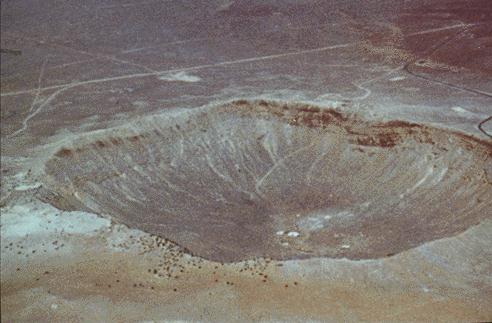Sneaky Sidewinders

by Cowboy Bob Sorensen One thing cowboys who travel certain desert areas of the Southwest United States have to know about is the sidewinder. This is a kind of rattlesnake is known by several names, but "sidewinder" is popular because of its method of travel — moving sideways across the desert sand. This critter is fast at 18 MPH (29 KPH), and only two parts of its body touch the sand at one time, which is a big advantage in the heat. Amazingly, it doesn't need to drink water. Image credit: NPS Photo by Kristen Lalumiere No need to keep yourself up at night worrying about being chased down, though. This rattler doesn't see you as a food source, and doesn't use its speed for hunting. Also, it prefers to be active at night. The sidewinder wiggles itself under the surface of the sand (camouflage) near a food source (the young 'uns prefer lizards, and older ones want rodents). Then it pops out, sinks its venomous fangs in its prey and has supper. Altho





